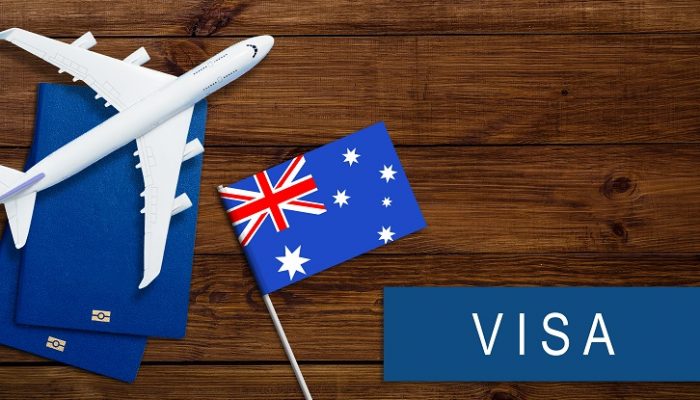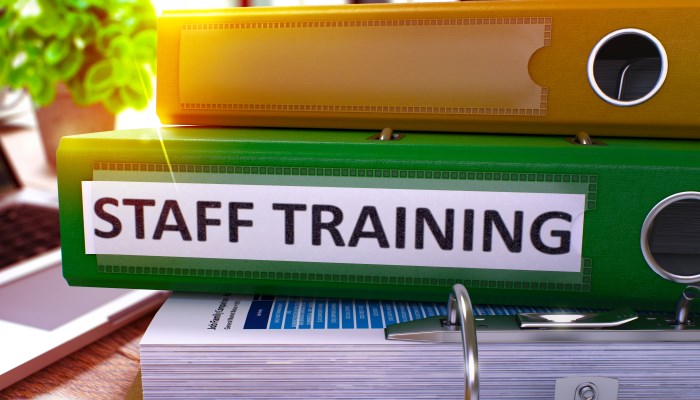The Australian Minister for Immigration, Citizenship and Multicultural Affairs, The Hon Andrew Giles MP, announced that in the coming weeks the Australian Federal Government will be introducing the following changes to Australian Temporary Skill Shortage (TSS)(subclass 482) visa program:
- Additional Time to Transfer Employers for 482 Visa Holders:
The amount of time TSS subclass 482 visa holders will be given to transfer employers will increase from the current 60 days to a full 6 months to find a new sponsor. In addition, the Minister announced that subclass 482 visa holders will have full work rights whilst they are searching for a new sponsor.
- Reduction in time for subclass 482 visa holders to apply for permanent residency:
The time required to qualify for the Temporary Residence Transition stream of the permanent Employer Nomination Scheme (ENS)(subclass 186) visa will be reduced from the current three years to two years. This will enable temporary subclass 482 visa holders to apply for Australian permanent residency a year earlier than they can at present.
- All temporary subclass 482 visa holders will have a pathway to Australia permanent residency (with age and English language restrictions still applying):
In the coming weeks, the Minister has announced that rather than the current process in which only those with occupations on the Medium to Long Term Skilled Occupation List have a pathway to Australian permanent residency via the ENS subclass 186 visa program, and those with occupations on the Short Term Skilled Occupation List are precluded from doing so, every person who holds a subclass 482 visa will have a pathway to permanent residency. However, applicants will still be required to meet age, health, character and English language requirements.
For advice regarding sponsorship of skilled overseas workers in Australia, please do not hesitate to contact us at info@hartmanimmigration.com.au for Australian immigration assistance.
Disclaimer:
The information on this website is intended only to provide a summary and general overview on relevant matters. It is not intended to be comprehensive nor does it constitute legal advice. You are advised to seek legal or other professional advice before acting or relying on any of the content contained in this website.




 For advice regarding accessing the GTS, please do not hesitate to contact us at
For advice regarding accessing the GTS, please do not hesitate to contact us at 





